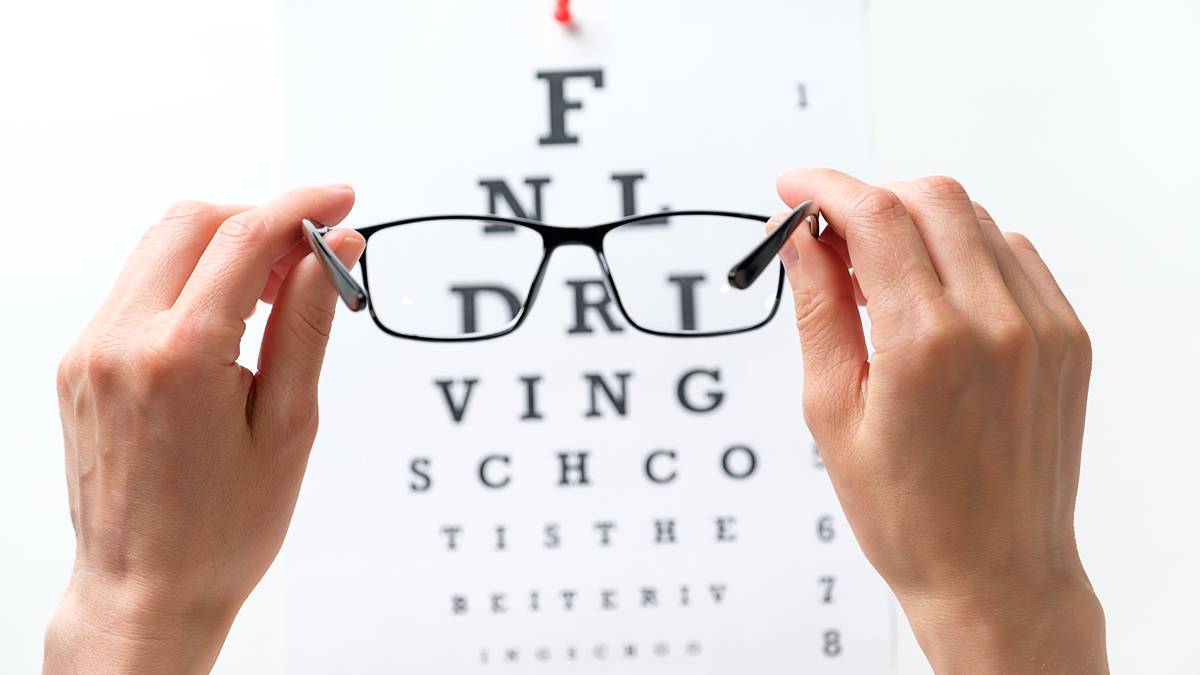Health Check: With its last patient treated, Opthea eyes pending results of do-or-die trial

Eyeing a result: investors won't have to wait too long for trial news from Opthea. Pic via Getty Images
- Opthea completes patient visits for the first of two phase III eye disease trials
- Syntara’s secondary burns scar program shows promise
- Biome is in the black
The first of Opthea’s (ASX:OPT) two phase III eye disease trials has hit a key development milestone, with the last patient treated at the final 52-week mark.
Now for the nervous wait until the June quarter – a.k.a. ‘not that far off’ – for the top-line interim results.
Known as Coast, the trial is evaluating the superiority and safety of Opthea’s candidate, OPT-302 (sozinibercept), to treat the difficult back-of-the-eye disease wet aged-related macular degeneration (wet AMD).
The trial combines sozinibercept with the standard-of-care aflibercept.
The second trial, Shore, compares sozinibercept as a monotherapy with another standard-of-care, ranibizumab.
Results are due in “mid 2025”.
Both trials have recruited just under 1000 patients each – a major and costly effort.
The primary endpoint for both trials is the mean change in best-corrected visual acuity from baseline to week 52.
This is better known as how many letters the patient can read on an eye chart.
The company expects sozinibercept to work better – and have wider applicability – than the current treatments, known as anti-VEGF A agents.
Sozinbercept aims to prevent blood vessel growth and vascular leakage – the hallmarks of wet AMD.
The US Food and Drug Administration (FDA) has granted fast-track designation for sozinibercept, which could prove highly useful at the pointy end of things.
“Sozinibercept has the potential to become the first therapy in 20 years to enable patients with wet AMD to live fuller and healthier lives,” says Opthea CEO Frederic Guerard.
If Shore and Coast fail, Opthea will be all at sea.
But broker Bell Potter is heartened that pooled patient data shows the trial population is akin to Opthea’s earlier successful phase 2b study.
Opthea shares have doubled in the last six months, ascribing a $1.26 billion market cap.
Syntara’s burns treatment cleans up unsightly scars
Syntara (ASX:SNT) is focused on its advanced myelofibrosis trial, but a secondary effort on burns scarring looks promising as well.
In an investigator-led study, the University of Western Australia and the Fiona Wood Foundation has been testing Syntara’s pan-lysyl oxidase (pan-lox) inhibitor on skin scarring.
Known as Solaria 2, the placebo-controlled phase 1c trial aims to enrol about 60 patients.
Results of a 14-patient subgroup shows that at three months, patients receiving Syntara’s candidate SNT-6302 showed “significant improvements in scar vascularisation and extracellular matrix remodelling.”
In other words, the scars appeared “structurally and biologically closer to normal, uninjured skin”.
The placebo group showed no improvement at all.
“These new findings significantly enhance our understanding of scarring and the impact of topical pan-lox inhibitors,” says Syntara CEO Gary Phillips.
“… we are now in a good position to advance the development of a first-in-class treatment for scarring that addresses significant cosmetic and functional challenges.”
The results are consistent with a previous three-month study of 42 adult patients, more than one year post injury.
Biopsies showed that at three months treatment, established scars had significant reductions in collagen and protein content many years after injury.
Syntara recently raised $15 million, some of which is earmarked for a follow-on, company-sponsored burns study.
Biome reports a maiden profit
Probiotics (gut health) and complementary medicines developer Biome Australia (ASX:BIO) has posted its first-ever net profit – a $96,228 surplus for the first half compared with a $1.52 million loss previously.
Revenue gained 47% to $8.86 million, also a record.
The company cites the September quarter launch of its cholesterol-lowering probiotics and its activated probiotics brand in Canada (via partner Ecotrend Ecologics).
The company has also expanded its local distribution points (doctors and pharmacies) to 6000, up 20%.
Last month Biome reported December quarter earnings before interest, tax depreciation and amortisation of $234,000, up 92% and revenue of $4.61 million, up 41%.
On these trends, the company is on track to hit its target of $75-85 million of cumulative revenue by June 2027.
Our gut feeling is that things are headed the right way.
Cleo replies to ASX speeding ticket – again
Given it’s Ovarian Cancer Awareness Month, we’ll give airplay to Cleo Diagnostics’ (ASX:COV) follow-up response to an ASX share price query.
On February 6 the bourse asked why the shares in the ovarian cancer assay developer had zoomed from 36 cents to 48 cents on the day.
The company couldn’t pinpoint a reason, but said it was progressing clinical trials in the US to support a marketing submission to the FDA.
This would be Cleo’s first approval.
In late Monday’s follow-up, management notes that Cleo is the only ASX-listed company solely focused on a diagnostic blood test for ovarian cancer.
Cleo’s patented biomarker, CXCL-10 can discriminate between malignant and benign ovarian disease.
“Since listing on the ASX on 22 August 2023, the company’s focus is – and remains on – addressing the urgent, unmet need for an early and accurate diagnostic for ovarian cancer, which does not exist today.”
Of course, none of this explains the share bounce – but thanks for the update.
Ovarian cancer is the deadliest women’s cancer, having a five-year survival rate of just 49%, compared to 92% for breast cancer.
Meanwhile, arterial health outfit Cardiex (ASX:CDX) dead-batted an ASX query as to why its shares surged from 11.5 cents to 15.5 cents yesterday.
Not very informative, guys – but National Heart Health Awareness Week is not until September.
Related Topics

UNLOCK INSIGHTS
Discover the untold stories of emerging ASX stocks.
Daily news and expert analysis, it's free to subscribe.
By proceeding, you confirm you understand that we handle personal information in accordance with our Privacy Policy.








